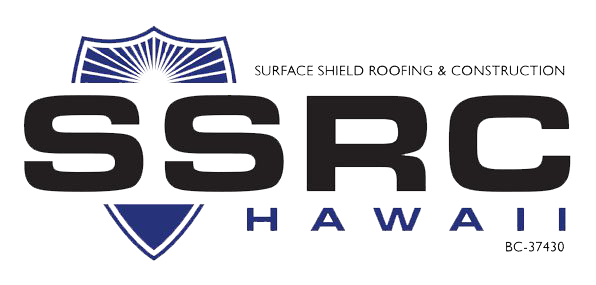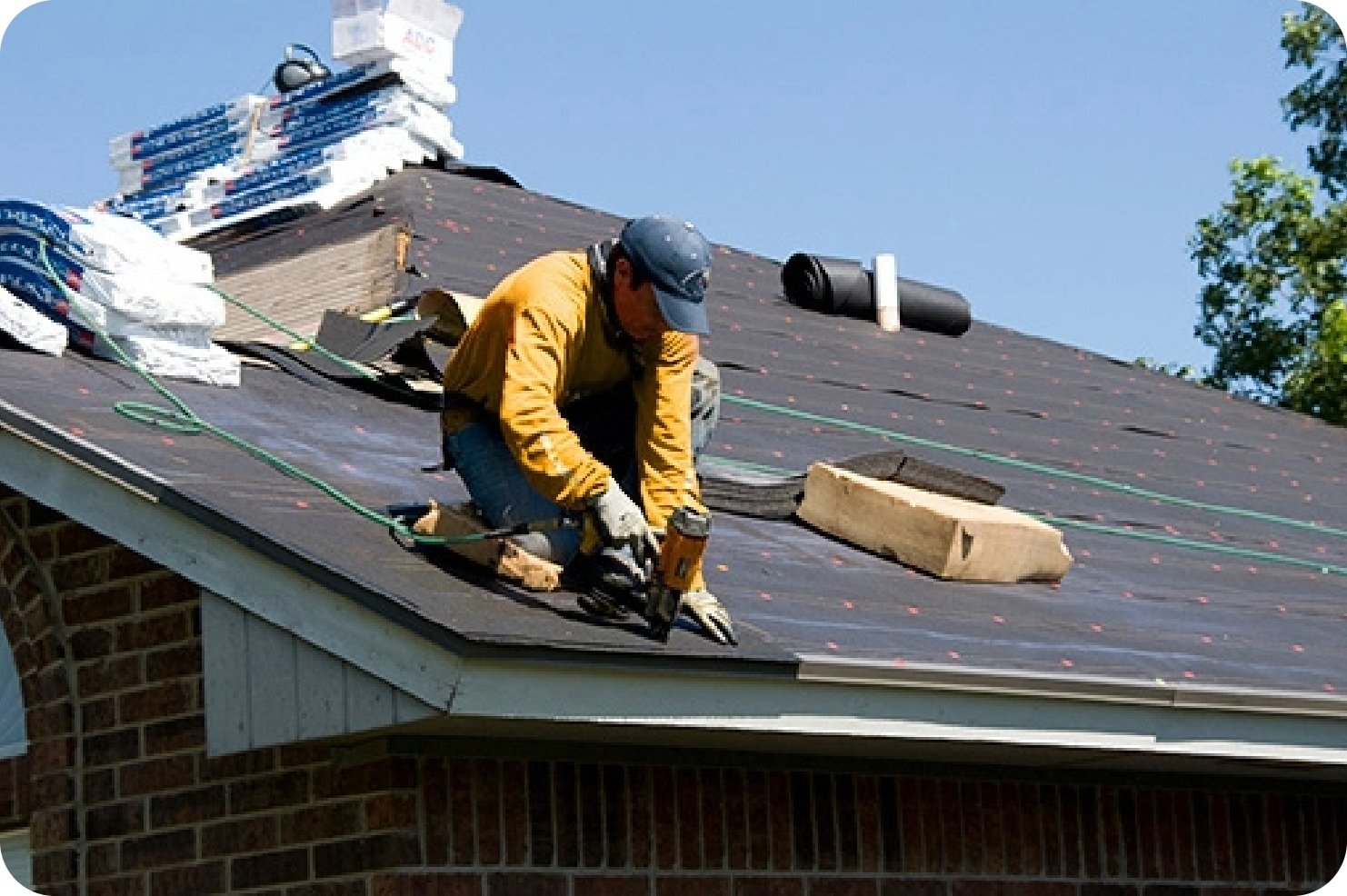Roof Repair Oahu: Specialist Roof Repairs for Lasting Security
Wiki Article
Recognizing the Different Kinds Of Roofings: A Comprehensive Overview for Homeowners
In the realm of homeownership, picking the ideal roof design is a choice that lugs significant effects for both functionality and aesthetic charm. With a selection of alternatives-- varying from the traditional gable to the modern level-- each type provides distinct benefits and challenges that should line up with the home owner's ecological factors to consider and particular requirements. Understanding these distinctions not only aids in making an informed option but also influences long-term maintenance and power effectiveness. As we discover the ins and outs of numerous roofing kinds, it comes to be obvious that a person dimension does not fit all; the ideal selection may shock you.Gable Roofing Systems
Gable roofing systems, characterized by their triangular shape, are among the most prominent roof styles due to their simplicity and effectiveness in dropping water and snow. This design features two sloping sides that fulfill at a ridge, permitting for reliable drainage and decreasing the threat of water buildup. The steep pitch generally connected with saddleback roofs improves their ability to take care of hefty rainfall, making them ideal for numerous climates.In enhancement to their sensible advantages, gable roofs offer aesthetic flexibility. They can be adjusted to different building styles, from typical to modern-day homes. The layout can likewise fit added features such as dormer windows, which enhance all-natural light and ventilation in the attic area.
Additionally, gable roof coverings provide ample area for insulation, adding to power efficiency. Homeowners can pick from a range of roof covering products, including asphalt shingles, metal, and tiles, additionally boosting modification options.
Despite their advantages, gable roofs may require extra assistance in locations prone to high winds or hefty snowfall. Generally, the saddleback roof remains a popular choice due to its blend of functionality, toughness, and visual charm.
Apartment Roofs
Flat roofs are typically identified for their minimal design and useful applications, particularly in industrial and industrial setups (oahu roofing). These roofings feature a virtually horizontal or horizontal surface area, which enables very easy building and functional space application. While they may lack the aesthetic allure of angled roofs, level roofings use numerous advantages, particularly in city atmospheres where making best use of space is vitalOne of the main advantages of level roof coverings is their access. Property owners can use the roof covering space for numerous purposes, such as rooftop yards, terraces, or photovoltaic panel installments. In addition, level roofs are normally more affordable to maintain and install contrasted to their sloped counterparts, as they need fewer materials and labor.
Common products utilized for level roofings consist of built-up roof (BUR), changed asphalt, and single-ply membrane layers, each offering distinct benefits. On the whole, level roofs offer as a adaptable and functional option for several house owners and services alike.
Hip Roofing Systems
Hip roofings are identified by their sloped sides that converge at the top, creating a ridge. This design is distinct from gable roofs, as all 4 sides of a hip roofing incline downwards towards the walls, offering a much more steady framework. The angle of the inclines can vary, permitting adaptability in building aesthetics and performance.One of the main advantages of hip roofings is their capacity to stand up to hefty winds and unfavorable climate condition. The sloped surface areas make it possible for far better water drain, lowering the risk of leaks and water damage. Additionally, hip roofing systems offer enhanced attic space, which can be utilized for storage space and even converted into habitable locations.
However, creating a hip roof can be a lot more complicated and pricey than less complex roof covering kinds, such as saddleback roofs. The added product and labor associated with producing the slopes and guaranteeing appropriate architectural integrity can lead to higher expenses. Despite these downsides, lots of homeowners favor hip roofing systems for their sturdiness, visual appeal, and possibility for power performance.
Mansard Roofing Systems
Mansard roofing systems, commonly acknowledged by their special four-sided design, feature 2 slopes on each side, with the reduced incline being steeper than the top. This architectural design, stemming from France in the 17th century, is not just aesthetically attractive yet functional, as it makes best use of the useful space in the upper floorings of a structure. The steep reduced incline allows for even more clearance, making it an excellent selection for attics or loft spaces, which can be converted right into living spaces.Mansard roofings are defined by their flexibility, fitting different architectural designs, from standard to modern-day. They can be created with different products, including asphalt tiles, slate, or metal, giving home owners with a variety of options to match their preferences and budgets. Additionally, the design enables the assimilation of dormer windows, enhancing natural light and air flow in the upper degrees.
Nonetheless, it is vital to consider the potential disadvantages. Mansard roofings may need even more upkeep because of the complexity of their layout, and their steep inclines can be testing for snow and rain runoff. Generally, mansard roofing systems integrate beauty with functionality, making them a popular choice among homeowners looking for distinctive building functions.
Lost Roofing Systems
As house owners progressively seek simplicity and performance in their building styles, lost roofing systems have emerged as a popular selection. Characterized by a single sloping airplane, a shed roof offers a minimalist aesthetic that enhances various home styles, from contemporary to rustic.Among the primary advantages of a shed roofing is its simple construction, which usually translates to decrease labor and product expenses. This layout enables for effective water drain, minimizing the danger of leakages and water damages. In addition, the vertical slope provides adequate area for skylights, boosting all-natural light within the interior.
Lost roofs likewise use flexibility in terms of use. They can be successfully integrated into enhancements, garages, or outdoor frameworks like sheds and pavilions. In addition, this roof style can fit numerous roof covering products, including steel, asphalt roof shingles, or perhaps environment-friendly roofings, lining up with green efforts.
Nonetheless, it is vital to think about local environment conditions, as hefty snow loads might necessitate modifications to the roof's angle or structure. Overall, shed roof coverings provide a functional and cosmetically pleasing choice for house owners looking to maximize functionality without compromising design.
Conclusion


Gable roofing systems, identified by their triangular form, are among the most preferred roofing styles due to their simpleness and performance in shedding water and snow. oahu roofing. The high pitch frequently linked with gable roof coverings improves their roofers oahu capacity to manage hefty precipitation, making them suitable for various climates
While they might lack the visual appeal of pitched roof coverings, level roofs provide various advantages, especially in urban atmospheres where making the most of area is important.

Report this wiki page